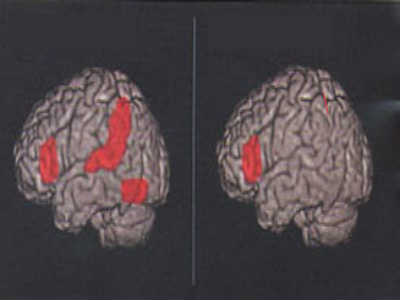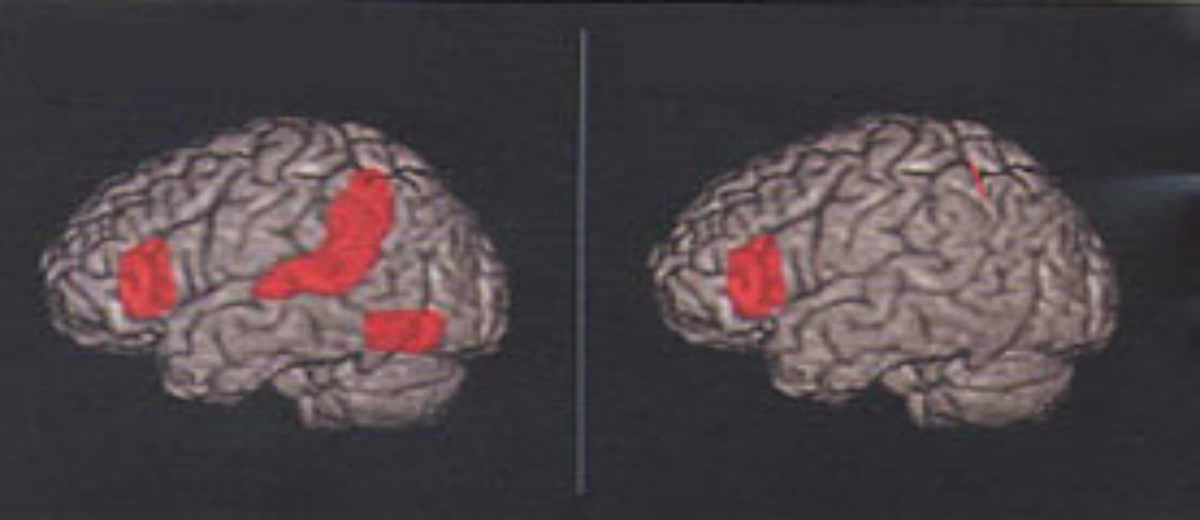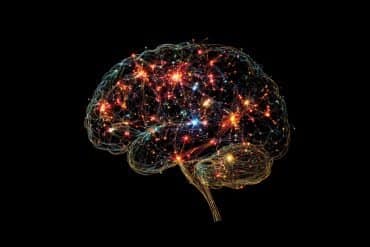In people with dyslexia, less gray matter in the brain has been linked to reading disabilities, but now new evidence suggests this is a consequence of poorer reading experiences and not the root cause of the disorder.
It has been assumed that the difference in the amount of gray matter might, in part, explain why dyslexic children have difficulties correctly and fluently mapping the sounds in words to their written counterparts during reading. But this assumption of causality has now been turned on its head.

The findings from anatomical brain studies conducted at Georgetown University Medical Center (GUMC) in the Center for the Study of Learning led by neuroscientist Guinevere Eden, DPhil, were published online today in The Journal of Neuroscience.
The study compared a group of dyslexic children with two different control groups: an age-matched group included in most previous studies, and a group of younger children who were matched at the same reading level as the children with dyslexia.
“This kind of approach allows us to control for both age as well as reading experience,” explains Eden, a professor of pediatrics at GUMC. “If the differences in brain anatomy in dyslexia were seen in comparison with both control groups, it would have suggested that reduced gray matter reflects an underlying cause of the reading deficit. But that’s not what we observed.”
The dyslexic groups showed less gray matter compared with a control group matched by age, consistent with previous findings. However, the result was not replicated when a control group matched by reading level was used as the comparison group with the dyslexics.
“This suggests that the anatomical differences reported in left hemisphere language processing regions appear to be a consequence of reading experience as opposed to a cause of dyslexia,” says Anthony Krafnick, PhD, lead author of the publication. “These results have an impact on how we interpret the previous anatomical literature on dyslexia and it suggests the use of anatomical MRI would not be a suitable way to identify children with dyslexia,” he says.
The work also helps to determine the fine line between experience-induced changes in the brain and differences that are the cause of cognitive impairment. For example, it is known from studies in illiterate people who attain reading skills as adults that this type of learning induces growth of brain matter. Similar learning-induced changes in typical readers may result in discrepancies between them and their dyslexic peers, who have not enjoyed the same reading experiences and thus have not undergone similar changes in brain structure.
Notes about this neurology and dyslexia research
The research was funded by the Eunice Kennedy Shriver National Institute of Child Health and Human Development (P50HD40095 and R01HD05610701).
The authors report having no personal financial interests related to the study.
Contact: Karen Teber – Georgetown University Medical Center
Source: Georgetown University Medical Center press release
Image Source: The image credited to NICHD/NIH and is in the public domain.
Original Research: Abstract for “An Investigation into the Origin of Anatomical Differences in Dyslexia” by Anthony J. Krafnick, D. Lynn Flowers, Megan M. Luetje, Eileen M. Napoliello, and Guinevere F. Eden Journal of Neuroscience. Published online January 15 2013 doi:10.1523/JNEUROSCI.2092-13.2013







